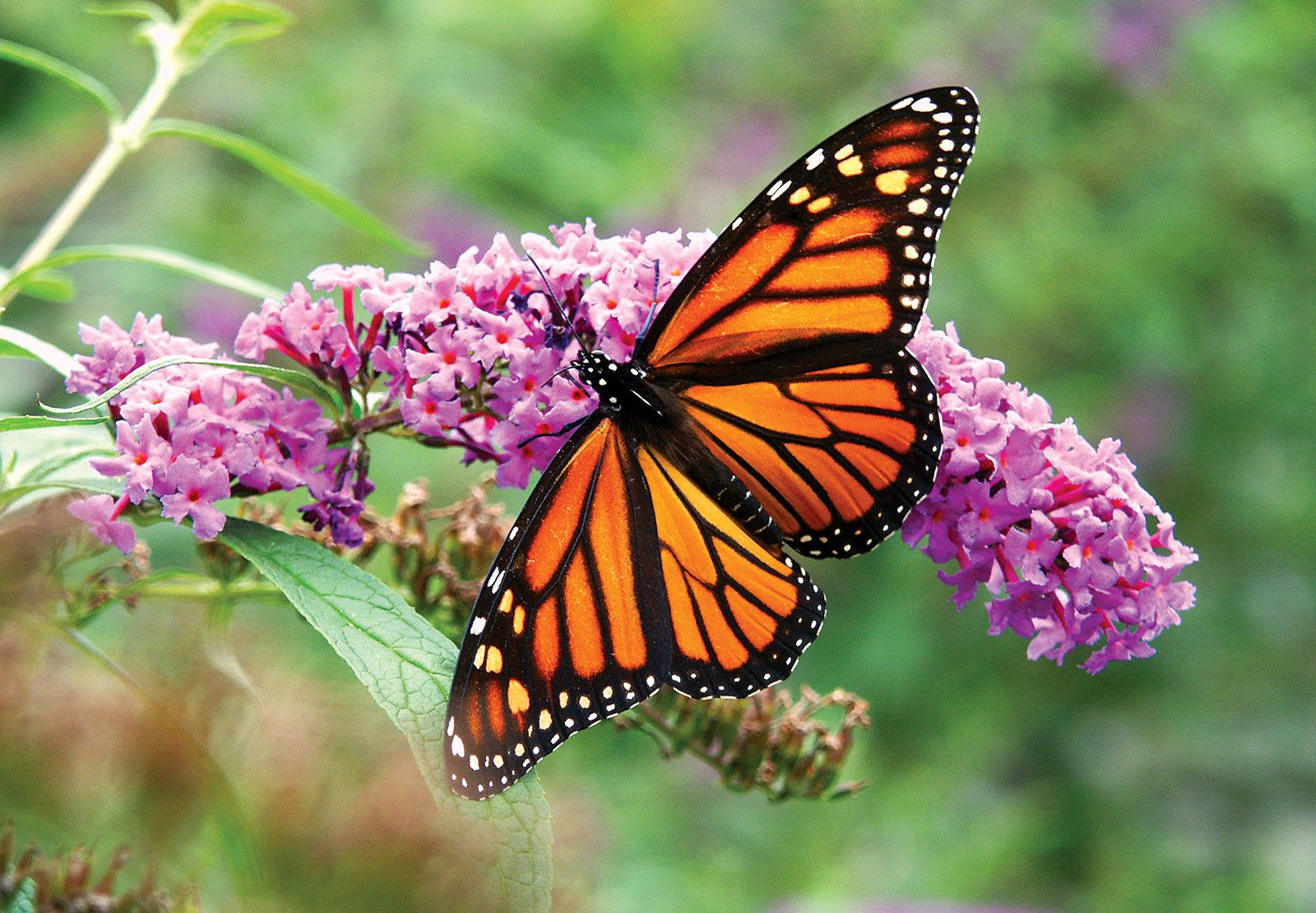Butterfly bushes (Buddleia) produce striking, cone-shaped flower spikes that attract fluttering pollinators. As flowers fade, the choice arises – should you deadhead spent blooms or leave them be? There are good reasons for both approaches. Read on to learn the pros and cons of deadheading butterfly bushes to make the best choice for your garden.
Why Deadhead Flowers?
Deadheading refers to removing spent, faded flowers by pinching or cutting them off the plant. Gardeners deadhead flowers for several key reasons:
-
Promotes reblooming – Removing old flowers tells the plant to produce new buds, resulting in more flowers
-
Improves appearance – Old blooms look unsightly as they wither, Removing them keeps plants looking fresh,
-
Prevents self-seeding – Old flowers form seeds Deadheading curtails unwanted self-seeding
-
Encourages growth – With no seeds to produce, the plant channels energy into growing vigorously.
The Case for Deadheading Butterfly Bushes
Here are the specific benefits of deadheading butterfly bushes:
-
Neater appearance – Removing ugly, dead blooms improves aesthetics.
-
Possible rebloom – Deadheading may trigger a second, smaller flush of blooms on some varieties.
-
Reduces invasiveness – Old blooms produce copious seeds. Deadheading limits unwanted spreading.
-
Shifts energy to growth – The plant puts more resources into growing without seed production.
-
Removes disease – Eliminating spent blooms can reduce botrytis and other diseases.
Reasons to Avoid Deadheading
Allowing spent blooms to remain also has advantages:
-
Provides food for wildlife – Birds will eat the tiny seeds left in faded flowers.
-
Adds winter interest – Old seed heads add texture to winter gardens.
-
Natural look – Leaving flowers to die back naturally suits wild, naturalistic gardens.
-
Saves time – Avoiding deadheading reduces time spent pruning plants.
-
Still gets new blooms – Many varieties rebloom without deadheading.
Tips for Deadheading Butterfly Bushes
If you opt to deadhead your butterfly bushes:
-
Use clean, sharp bypass pruners to remove spent blooms.
-
Make cuts just above a leaf node or healthy bud.
-
Check plants daily and deadhead frequently for best results.
-
Remove blooms as soon as they fade for a tidy appearance.
-
Disinfect tools between plants to prevent disease spread.
Considerations Before Deadheading
-
Research your variety – Some rebloom easily without deadheading.
-
Assess time commitment – Deadheading is time consuming. Gauge if it’s worth it.
-
Note wildlife impact – Leaving seeds benefits birds and pollinators.
-
Evaluate invasiveness – Deadheading reduces unwanted spread via seeds.
The choice of whether to deadhead butterfly bush blooms comes down to personal preference and goals. Deadheading promotes tidy growth and possible reblooming but requires time commitment. Skipping it benefits wildlife, saves time, and allows natural dying back. Weigh the pros and cons to make the right choice for your garden.
How to Deadhead Your Butterfly Bush
FAQ
How to keep butterfly bushes blooming?
What happens if you don’t cut back a butterfly bush?
When should a butterfly bush be pruned?
How do you Deadhead a butterfly bush?
Gardeners suggest deadheading the marked flowers by cutting the stem below it. You may place the cut close to many leaves below the flower. The left leaves benefit the plant as they conduct the photosynthetic process and provide food to the plant. Butterfly Bush will shed them in the autumn and replace them during spring.
Why should you Deadhead butterfly bushes?
This not only enhances the flower’s visual attraction but also helps the plant to flourish. It is common among gardeners to deadhead the butterfly bushes due to their reply with an increased amount of stunning orange, pink, yellow, purple, and white flowers with a fresh fragrance.
When should you Deadhead a butterfly bush?
Timing: The ideal time to deadhead a butterfly bush is during the blooming season, which typically occurs from late spring to early fall. It’s best to deadhead after the flowers have faded and started to wither. Gather the necessary tools: Before you begin deadheading, gather a pair of clean and sharp pruning shears or scissors.
What is deadheading a butterfly bush?
Generally, the deadheading process is carried out by many horticulturists and plant growers for ornamental purposes. As described earlier, deadheading Butterfly Bushes make their flowers attractive and incite the plant to bloom more. This replacement with the newcomers also allows the gardeners to smell the fresh fragrance that new flowers diffuse.
- The Ultimate Guide to Growing Strawberries in Raised Beds - August 8, 2025
- No-Dig Garden Beds: The Easiest Way to Grow a Beautiful Garden - August 6, 2025
- How to Protect and Preserve Wood for Raised Garden Beds - August 6, 2025

